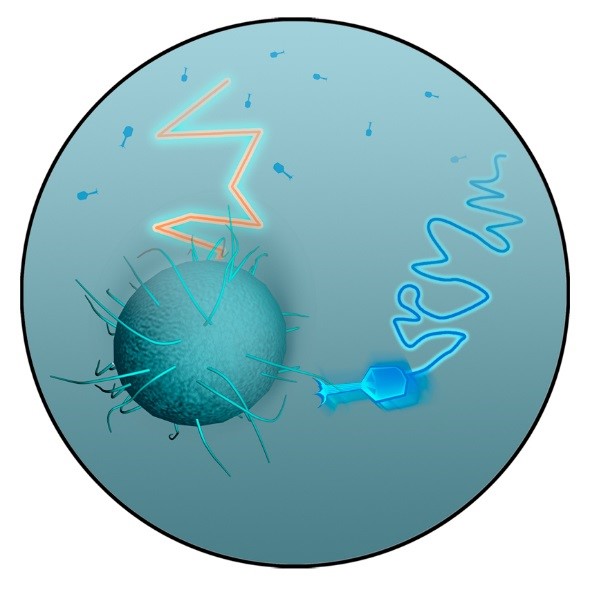Live imaging of virus-host interactions
Written By
Category
Featured Reserach, Research
Posted On
December 14, 2017
Share This

Viruses coexist with living organisms wherever life is found, and play an integral role in governing ecosystem dynamics. Viruses are non-motile and rely solely on Brownian motion to encounter their hosts, where the infection process initiates with the virus adsorbing to specific sites (called receptors) on the host-cell surface. Estimation of the adsorption efficiency, the fraction of encounters that result in adsorption, represents one of the fundamental bottlenecks in our efforts to quantify virus-host interactions. The adsorption efficiency has remained difficult to measure due to the minuscule size of viruses, and current estimates often approach 100%, implying that most contacts lead to adsorption. For the first time, we have directly quantified the adsorption rate between the planktonic marine cyanobacterium Prochlorococcus and its virus (cyanophage) using real-time imaging based on two-color fluorescent microscopy. Imaging of thousands of encounters between viruses and hosts enabled accurate quantification of physical interaction rates directly from the trajectories of fluorescently stained, freely diffusing viruses and hosts. This non-invasive, imaging-based approach yielded an adsorption efficiency that was nearly two orders of magnitude lower than previous estimates, suggesting the need to revise our view of interaction rates and the ecosystem implications of viral infection in the ocean.
For more information, please contact Kwangmin Son (kwangms@mit.eu).